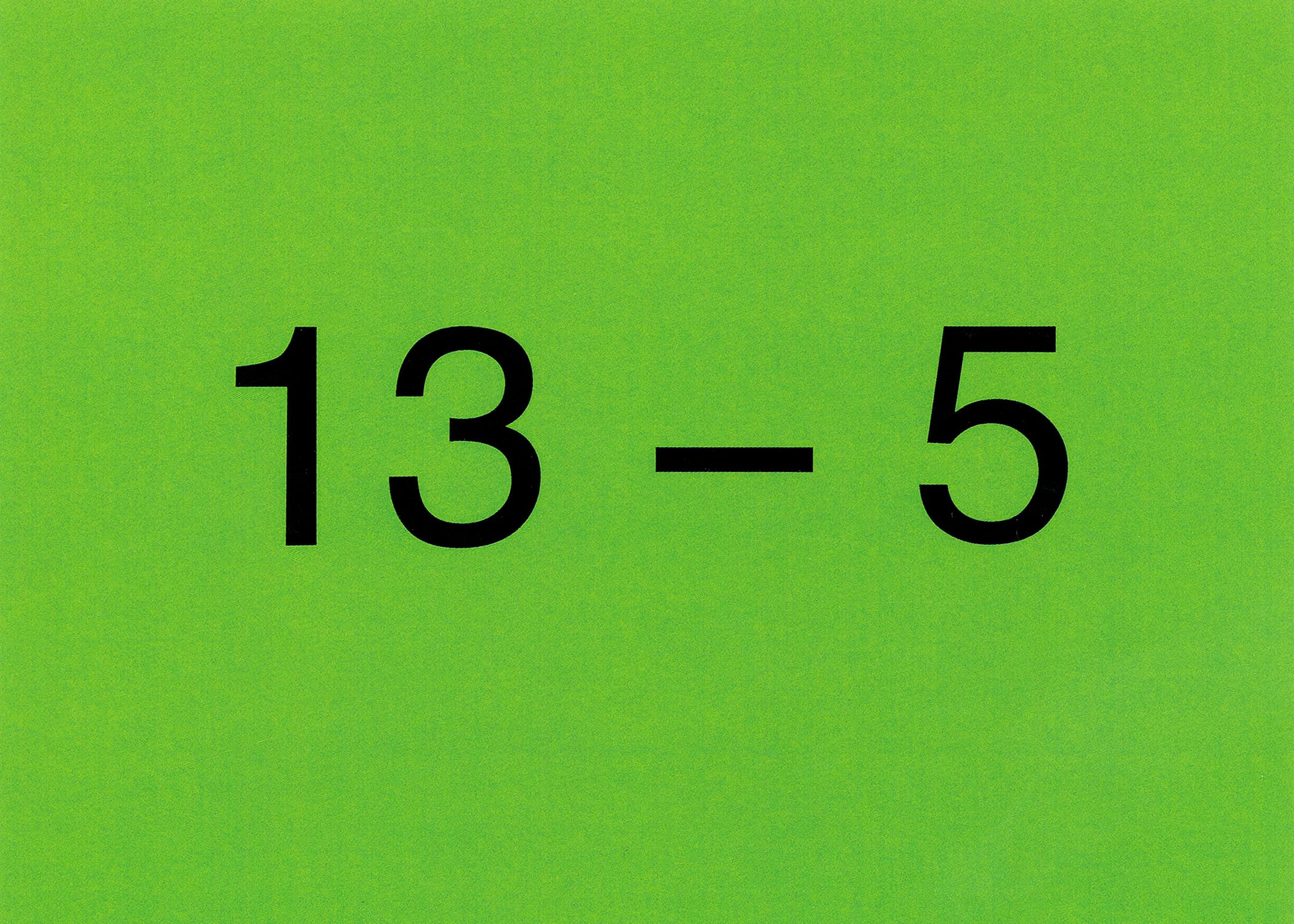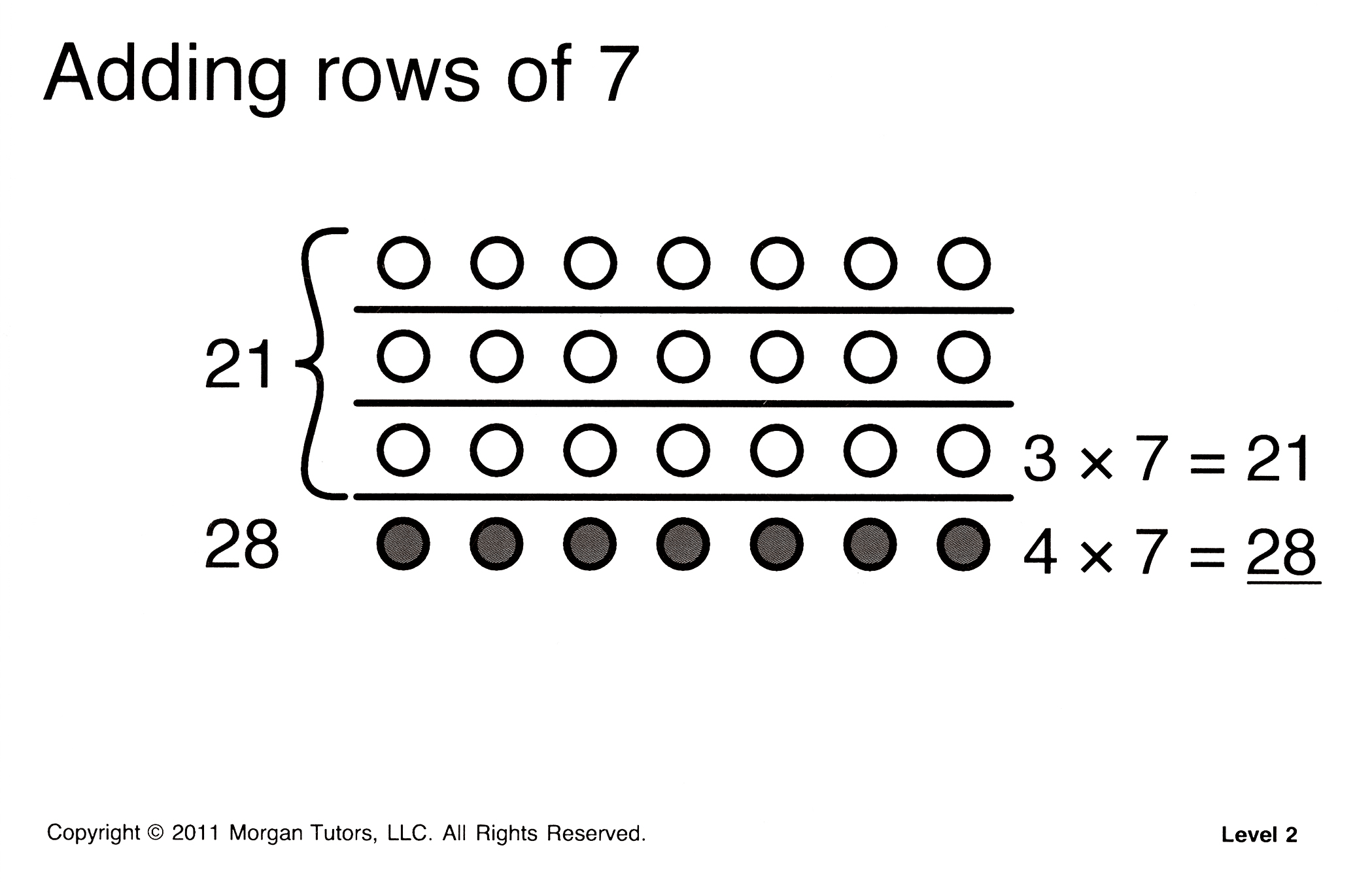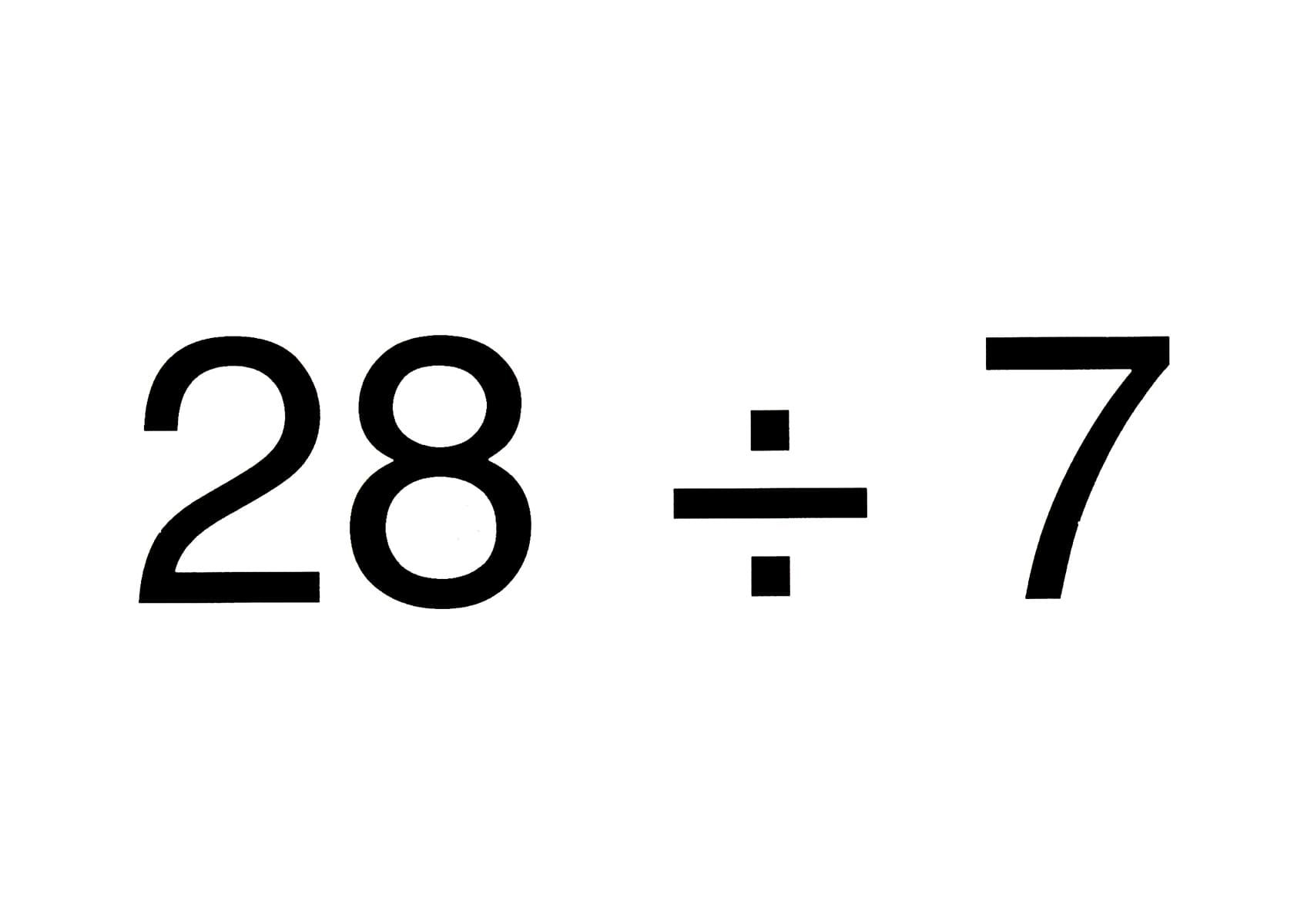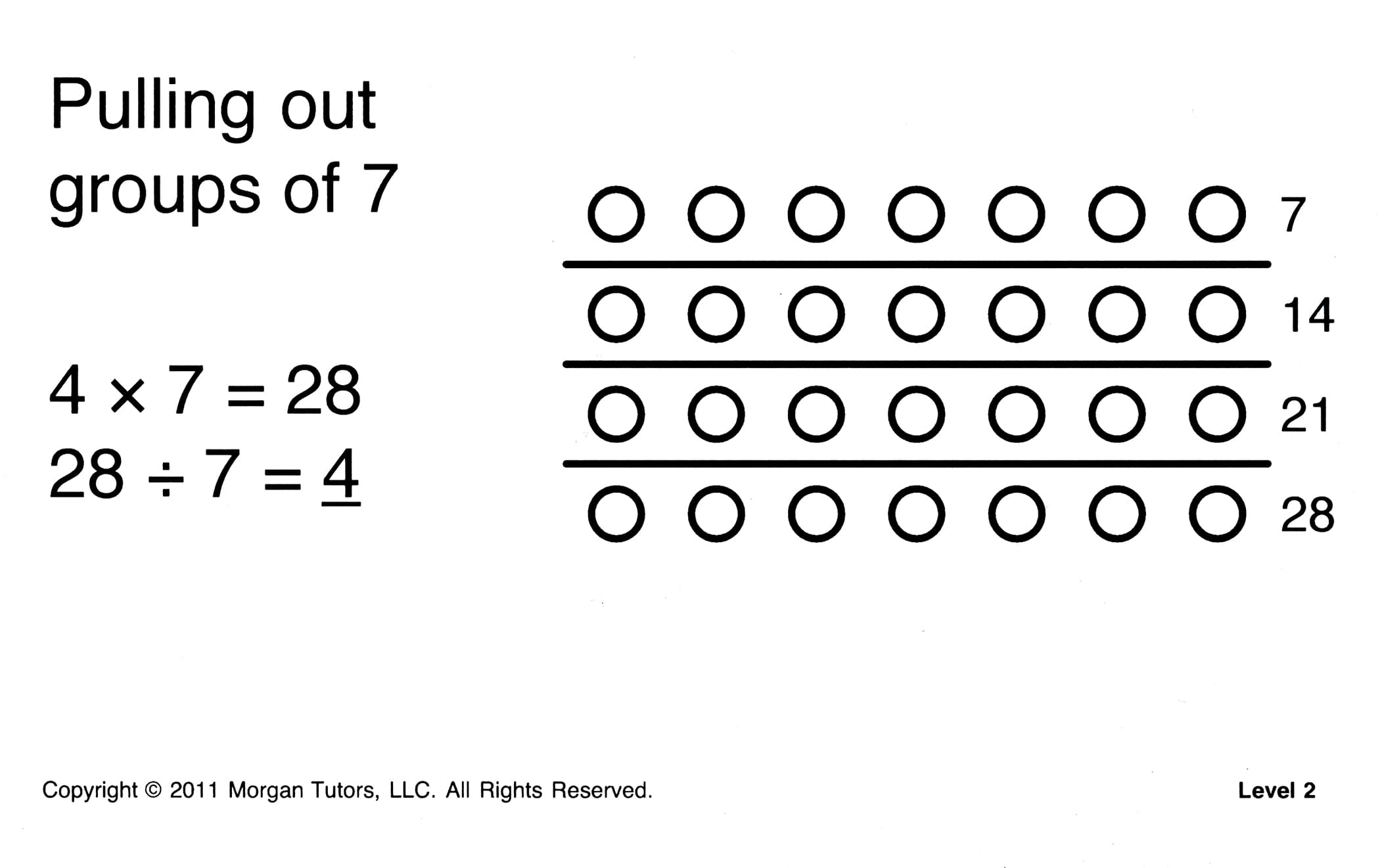
What is the Math Fact Fluency (MFF) program?
Math is learned layer upon layer, each layer connected to the previous layer. If a child doesn’t master early number concepts, he or she will struggle to connect the meaning to math fact operations creating the start of math anxiety.
Morgan M Patterson
- The Math Fact Fluency (MFF) program is a math literacy program that has proven to be highly effective with children of all learning styles and abilities. Math, like reading, is a fundamental literacy. Math facts, like words, should make sense.
- This program consists of a series of lessons in which children are instructed with manipulatives, number bond pictures and other visuals, and specially designed Singapore math based smart cards that are color coded by pattern and strategy so that children are not overwhelmed with too many patterns and strategies all at once.
- MFF program lessons are targeted lessons to attain math fact fluency goals specific to the individual student. The student is assessed for number sense and math fact fluency. An individualized plan is made based on the student’s arithmetic level. Because ongoing “tutoring” without specific goals is ineffective and detrimental to a child’s self-esteem, the lessons end as soon as the agreed upon goals have been met.
- One of the main goals of the MFF program lessons is for children to have positive, confident experiences in math. Parents are usually pleasantly surprised that their children enjoy their learning and complete their homework without help or complaints.
How are the MFF program cards different from “flash” cards?
Because number sense and math facts are critical foundation and a gatekeeper for understanding elementary mathematics. The Math Fact Fluency program uses the Singapore methodology, is results based and works for all learning profiles.
The MFF program cards are based on Jerome Bruner’s instructional approach of teaching math in overlapping stages of Concrete (real objects) to Pictorial (drawing) to Abstract (symbols) to improve visualization and acquire deep conceptual understanding. The cards are used in conjunction with manipulatives and pictures.
Each MFF program card has a Singapore Math based pictorial solution on the back, not just an answer. For addition and subtraction, number bond break-apart solutions are shown. For multiplication and division, arrays are used to represent multiplication and division tables. The cards also show the strategy steps to solve the math fact, that not only help the child, but also help the parent to understand the strategy solution.
The MFF program card solutions model efficient two or three step solving strategies that improve your child’s working memory and sequential processing. No more rote memorization without understanding the process of figuring out a math fact!
MFF program cards have been used to help thousands of students in tutoring lessons and in schools where the cards have been implemented in classrooms.


How are the MFF program cards structured?
Level 1
Level 1
Number Bond Relationships
Level 2
Level 2
Addition through 10
Level 3
Level 3
Subtraction through 10
Level 4
Level 4
Addition through 20
Level 5
Level 5
Subtraction through 20
Level 6
Level 6
Multiplication Level 1
Level 7
Level 7
Division Level 1
Level 8
Level 8
Multiplication Level 2
Level 9
Level 9
Division Level 2
Students must demonstrate mastery of all prior levels before progressing to the next level. The program is designed so the students feel progress and gain confidence!
How does the MFF program work?
MFF program lessons are 45 minutes to 1 hour in length, once or twice per week, depending on the assessment goals and parental feedback. Lessons are offered at my in-home classroom or a convenient location. Lessons are available during the school day, after school, and weekends.
Your child will be given daily homework to reinforce the lessons and achieve long term retention. Your child will use the MFF program cards, corresponding worksheets, and a Color Thinking Chart for practice. I will text parents a few short videos modeling how their child is practicing their math facts during the lesson so he or she can practice independently and effectively at home.
Students learn much more than math facts! The lessons establish important thinking habits that are necessary for success in math and success in life. Habits such as:
Reasoning,
Searching for patterns,
Posing and solving problems,
Making connections,
Communicating clear thinking,
Self directed learning.
Your child will receive only the number of lessons necessary for number sense and math fact mastery. The number of lessons varies per child. If parents would like their child to continue having Singapore math based lessons for other foundational gaps such as long multiplication, long division, word problems or any other topics, an assessment can be done and new individualized plan can be made for future lessons.
How does a math fact make sense?


Your child will master math facts the Singapore way based on Jerome Bruner’s CPA (concrete to pictorial to abstract) that allows children to “see” the patterns and strategies and solve the math fact.
Multiple strategies are modeled so that your child learns to think in a flexible way and apply the most efficient strategies. No more fingers! A child will often use fingers because there are too many steps in his or her strategy.
A math fact makes sense when a child can visualize, can “see”, the underlying number patterns and concepts through concrete models, pictures, and oral stories. In the context of modeling a math fact story to solve, the child learns to comprehend, to make sense of it, and solve it confidently with effective thinking strategies.
In the process of engaging a child with stories that are modeled with objects, like linking cubes and money, critical thinking skills such as visualization, working memory and sequential processing are developed. In other words, the child is acquiring complex thinking habits necessary to be mathematically literate.


With consistent practice that involves a thinking process, a child becomes fluent in math facts. What does it mean to be fluent in math facts? It means the child understands number patterns and relationships, articulates clear strategies, and has automatic fact recall.
Through a joyful process of discovering patterns and thinking mathematically, a child develops a solid number sense and math fact foundation. By learning to “read” early on in math, a child is on his or her way to becoming a math literate adult!